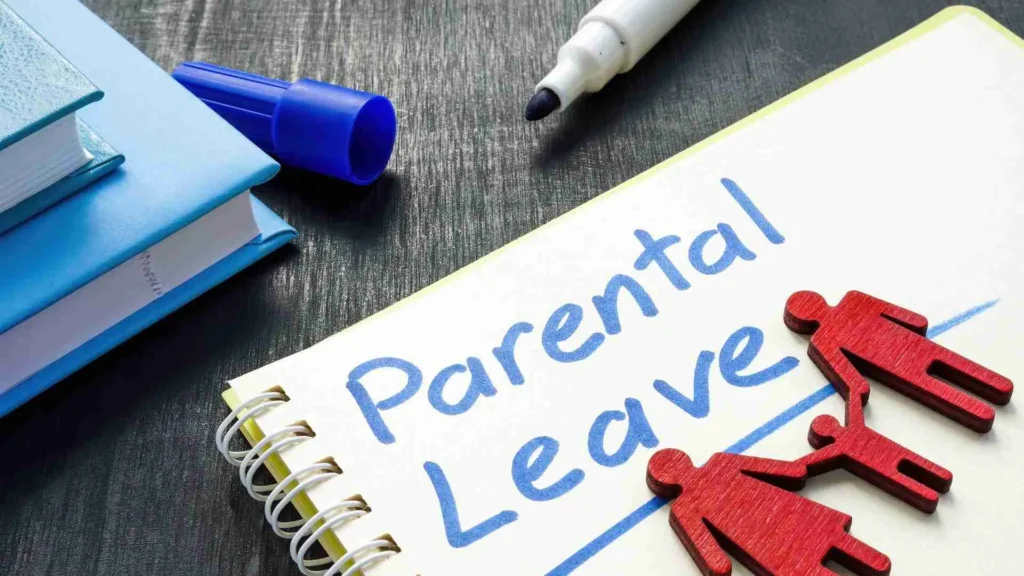Parenthood is an exciting and challenging phase of life, bringing new responsibilities and experiences. As a teacher in the USA, navigating parental leave can seem daunting, with many legal, professional, and personal factors to consider. Therefore, we provide tips and advice on smoothing the process, ensuring you’re well-prepared for the incredible journey ahead.
Importance of knowing your rights
Before embarking on parental leave, it’s essential to familiarize yourself with the applicable laws surrounding it. The Family and Medical Leave Act (FMLA) is a federal law that allows eligible employees up to 12 weeks of unpaid leave within 12 months for certain family or medical reasons, including the birth or adoption of a child.
Understanding that state laws can differ is vital, so research your respective state’s provisions. Some states may provide more generous benefits, while others offer additional leave options beyond the FMLA. Consult your school district’s HR department or your state’s Department of Labor website to stay informed.
Communication is Key
Start by informing your principal of your plans early, allowing enough time to make necessary arrangements. Discuss your leave length, expected return date, and any contingencies.
Next, involve your colleagues, particularly those within your department, to ensure seamless coverage during your absence. Share your lesson plans, grading policies, and any vital information to maintain continuity and avoid additional workload for your colleagues.
Finally, inform the students’ families about your leave. Let them know who will handle class responsibilities and provide contact information for any queries. Establishing transparency will help maintain a positive rapport with all stakeholders.

Managing finances before and after parental leave
Many teachers face financial hurdles when taking time off from their roles. Therefore, managing your finances, creating an effective budget during parental leave, and finding a balance between financial obligations and family time is important. This is crucial to ensuring a smooth transition and return to work.
- Calculate your expected parental leave income – Determine the benefits and paid leave options offered by your school district and factor them into your expected budget during parental leave.
- Estimate your leave-related expenses – Account for increased expenses during this time, such as diapers, formula, childcare, and medical costs.
- Create a budget plan – Adjust your current budget to accommodate your new financial reality, cutting back on non-essential expenses to save for leave-related expenses.
- Start an emergency fund: If possible, set aside a dedicated emergency fund to cover unexpected costs during leave.
Strategies for Retirement Savings
Although parental leave can be a temporary financial setback, it’s essential to stay committed to retirement savings goals:
- Maximize employer benefits – If your school district offers a retirement savings match, contribute enough to receive the full match.
- Maintain a long-term plan – Keep up the momentum on your retirement savings plan and reassess your contributions once you return to work.
- Invest wisely – Consider low-cost index or target-date funds as long-term investment options.
Insurance Options
Familiarize yourself with your employer’s parental leave policies, and seek information on benefits such as paid or unpaid leave, health insurance, and lactation accommodations. Additionally, review the provisions of the FMLA to confirm your eligibility for unpaid, job-protected leave. Furthermore, check your life and disability insurance policies to ensure adequate coverage for your growing family.
Supporting Resources
Take advantage of available resources for further information on parental leave preparation.
- Contact your local baby centre for family counselling and economic advice.
- Then you have NAEYC, the national voice of the early childhood community, alongside you. This community centre provides family advice, support, and other useful tips and ideas.
- The U.S. Department of Labor’s FMLA Employee Guide is a 16-page, plain-language booklet designed to answer common FMLA questions, clarify who can take FMLA leave, and explain what protections the FMLA provides.
Today, most Americans support paid parental leave, but the United States is the only industrialized country in the world that has not legislated for any parental leave. Some states now have statutory paid parental leave. So, you must find out what applies in your state before planning your time with your new family member.
Disclosure: This information is for educational purposes only and should not be construed as financial advice. Please consult with a qualified financial advisor before making any investment decisions.

About Author
Bill Wallace blends his academic background in Literature with his ventures in International Business and finance. His professional journey took him across Europe, especially in Spain, where his passion for writing evolved. Since then, armed with his literary finesse and investment acumen, he has been crafting financial content for teachers worldwide. More about me.
Similar Read:





